What's Apple Leather and How Sustainable is it?
By now you might have heard of apple leather, a new kind of vegan leather which is – of course – free from animal skin and derivatives, while also requiring less synthetic material than conventional vegan leather. Let's look at how this material is made, and what it's like to wear...

What is apple leather?
Apple leather is a leather alternative that is partially made of the parts of apples which are otherwise wasted in the fruit juice industry. This means the skins, cores and seeds, as well as the cellulose pulp which is left over after apples are juiced.
Sometimes apple leather is referred to as AppleSkin, as this is the name one manufacturer of the material has given it. This is the material manufacturer that works with Good Guys Don't Wear Leather – a gorgeous, Parisian designed and Italian made shoe brand – for some of their boot and sandal collection.

How is apple leather made?
The apple cores, skins, seeds and pulp are dried out, and then crushed into a very fine powder. This powder is then mixed with polyurethane to create a material that is partly bio-based and partly synthetic. The apple leather developed by NUWAII is reportedly 50% apple!
So is apple leather synthetic?
While apple leather is partly synthetic, it has significant advantages over both cow skin leather and conventional synthetic leather. First, let's talk about the benefits of apple leather as compared to 100% synthetic leather.
Synthetic leather isn't a perfect solution to the many issues of animal derived leather production. While it is more sustainable overall, even requiring less fossil fuels to produce compared to cow skin leather, conventional synthetic leather (of which the sustainability varies by production type, and based on whether you're using PVC or PU) is still derived from fossil fuels. By making a partly bio-based material like apple leather, the amount of fossil fuels and synthetic material required is significantly reduced, meaning less bad stuff, and more reclamation of food waste!
Over time, we're sure the material will continue to evolve, and even move away from fossil fuels completely as technology advances – and this is happening at a rapid pace.

The Daisy boot in burgundy AppleSkin leather
How sustainable is apple leather?
There aren't life cycle assessments which can tell us all about the environmental impact of apple leather yet, but we know that even fully synthetic leather is far more sustainable than cow skin and other animal-derived leathers, and other partly bio-based, partly synthetic materials like Piñatex (which only has a very thin coating of PU, and is predominately made up of pineapple plant leaves), are even more sustainable, according to the Higg Material Sustainability Index.
If you're interested in comparing conventional synthetic leather to cow skin leather, the following facts may interest you:
- Synthetic leather isn't biodegradable, but neither is most animal leather, even when vegetable tanned!
- To produce a pair of boots from PU rather than cow skin leather, 56.5kg less of CO2e (carbon equivalent) greenhouse gas emissions are released into the atmosphere.
- Unlike cow skin leather, synthetic leather does not contribute so significantly to deforestation and land clearing.
Another partly bio-based material, Desserto's cactus leather alternative, has gone through a life cycle assessment which showed that producing the material over animal leather saves 1,864% of carbon equivalent greenhouse gas emissions, and 77% compared to polyurethane synthetic leather. It will be interesting to see if apple leather production saves greenhouse gas emissions similarly, given it is very similar to Desserto as a partly bio-based, partly synthetic material!

Is apple leather more ethical than conventional leather?
Conventional leather is leather made from animal skin. These skins are sold from slaughterhouses, with the profits going towards the continued exploitation and slaughter of cattle and other animals like sheep, goats, and even pigs. Because skins are sold for a profit, leather is considered a co-product, not a by-product, by the meat and dairy industries.
Not only is animal skin leather inherently cruel to animals, but it often involves human exploitation, especially when it comes to the tanning of leather, which largely takes place in China and India. Here, chemicals that are extremely dangerous to human health are often used in unsafe ways, exposing workers to severe health risks. These chemicals are often released into waterways, negatively impacting the surrounding environment and communities, too.

The Blaze boot, made of AppleSkin leather
Where can you get apple leather?
Apple leather is becoming more and more widely available, in fact even some big name brands have used it in recent years. You can get apple leather bags, wallets, accessories, jackets and shoes.
Our favourite use of apple leather comes from our stocked brand, Good Guys Don't Wear Leather. This brand offers up boots for men and women in the material, from western style heeled boots, to lace ups. The brand also has summer slides made of the material, and colours used across the collection include white, black and a very apple-like burgundy red.
As the material grows in popularity, we are looking forward to stocking more and more shoes made with the material.

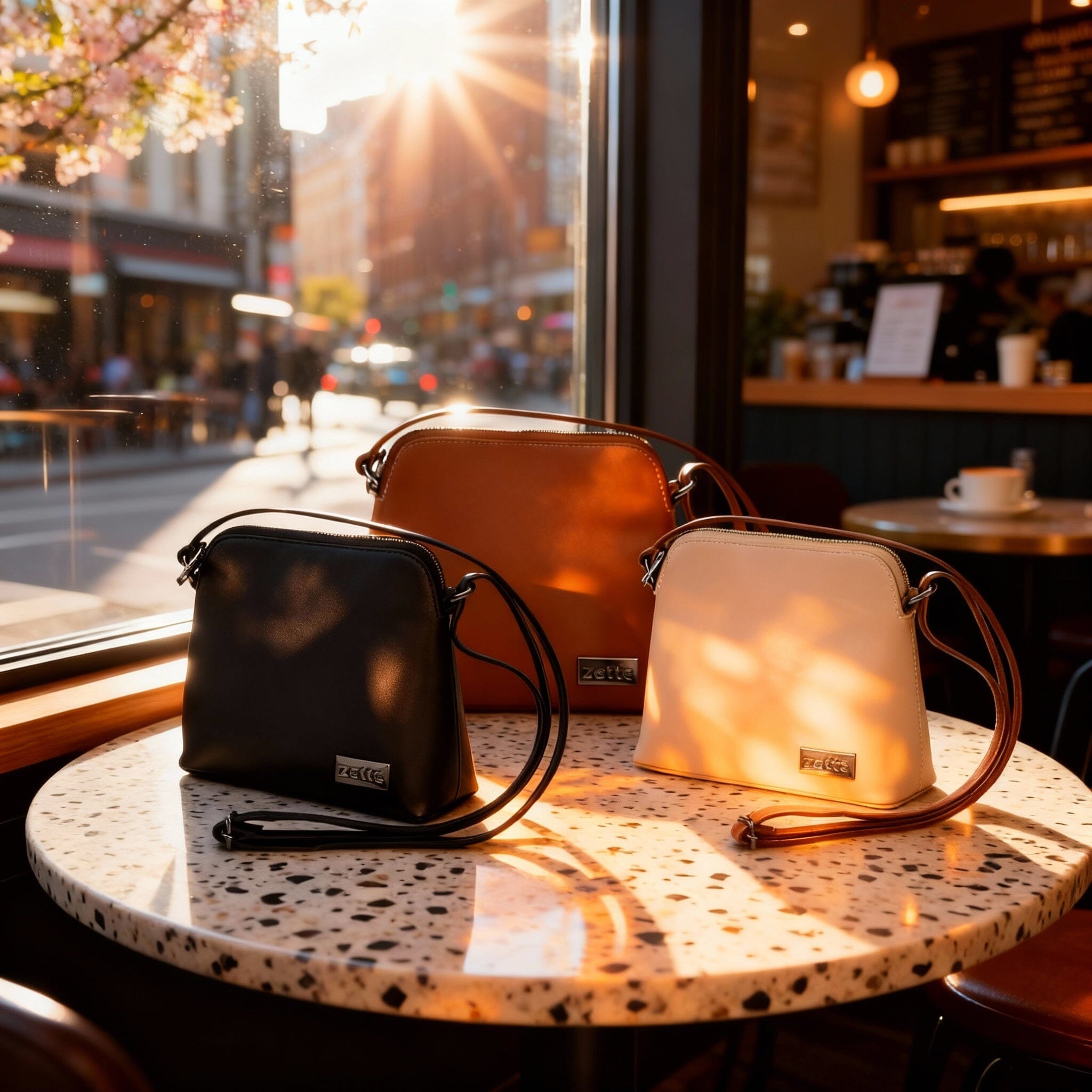



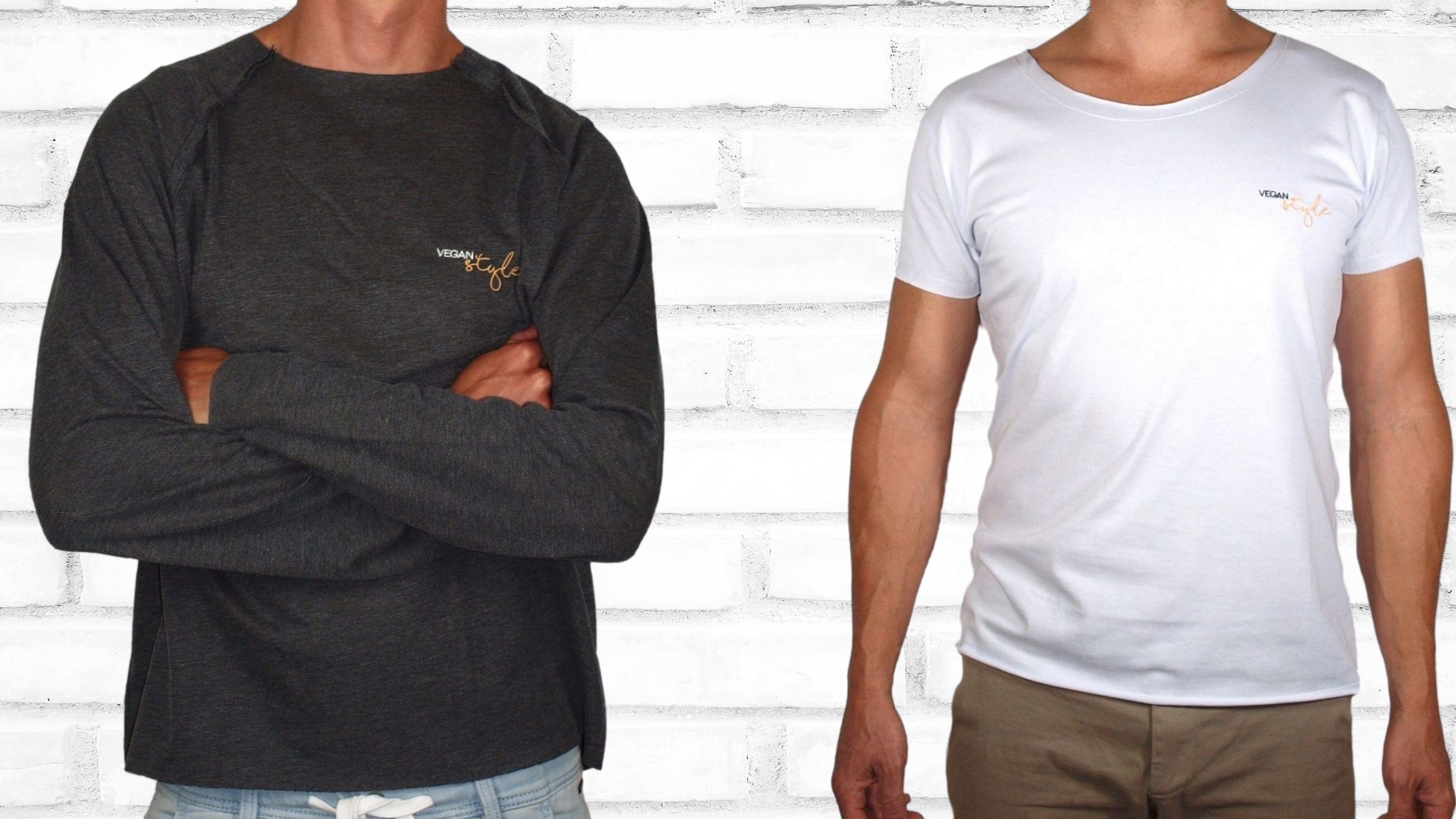
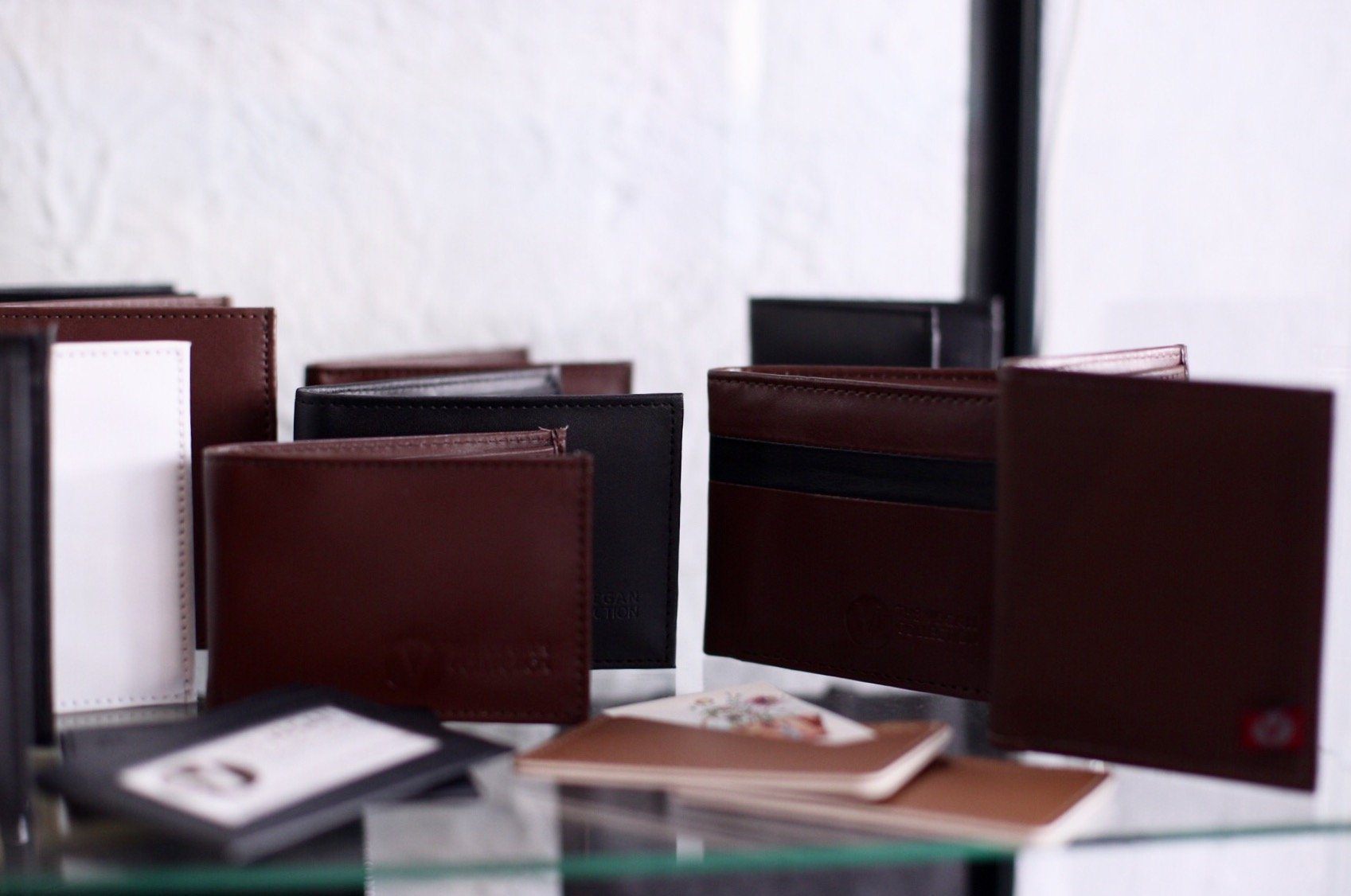
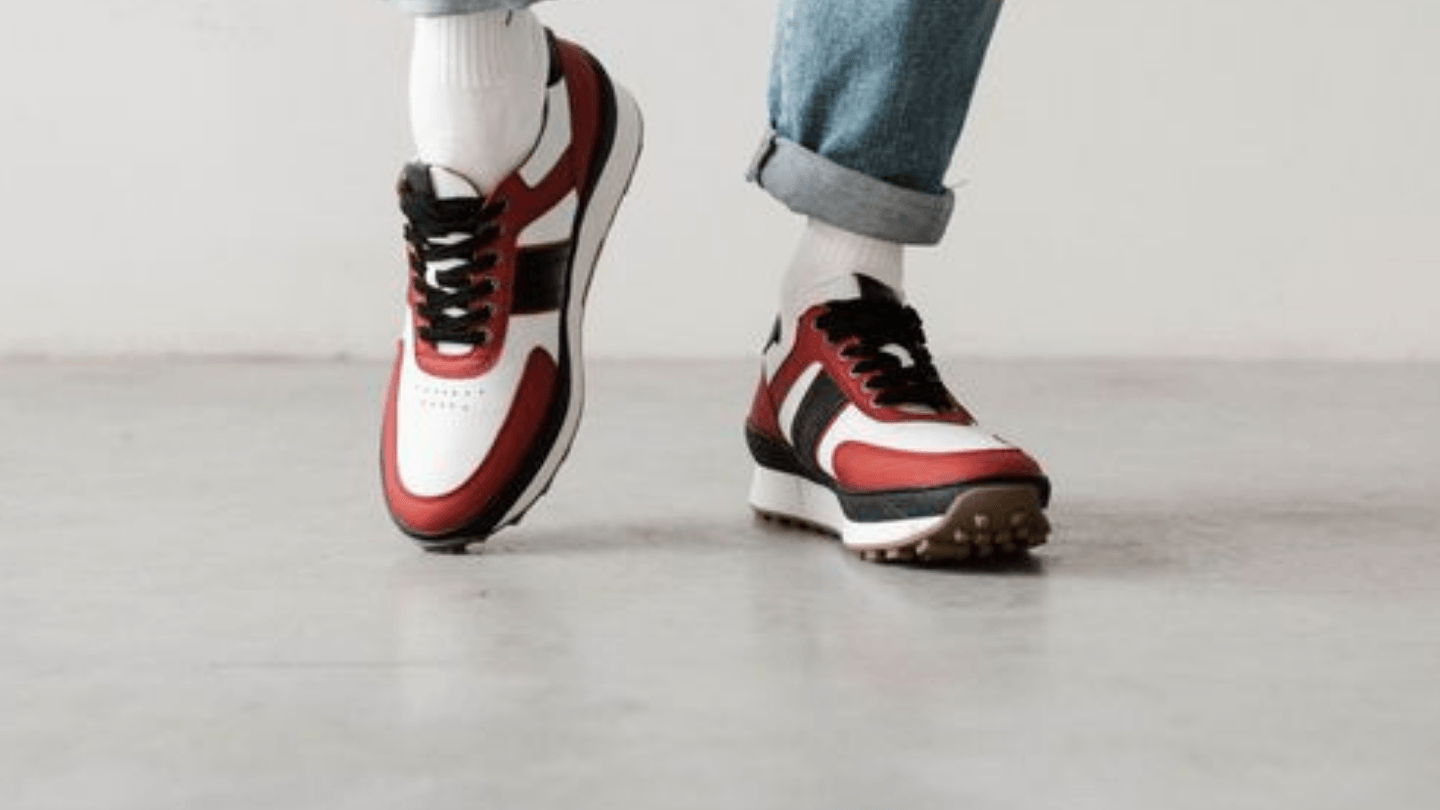
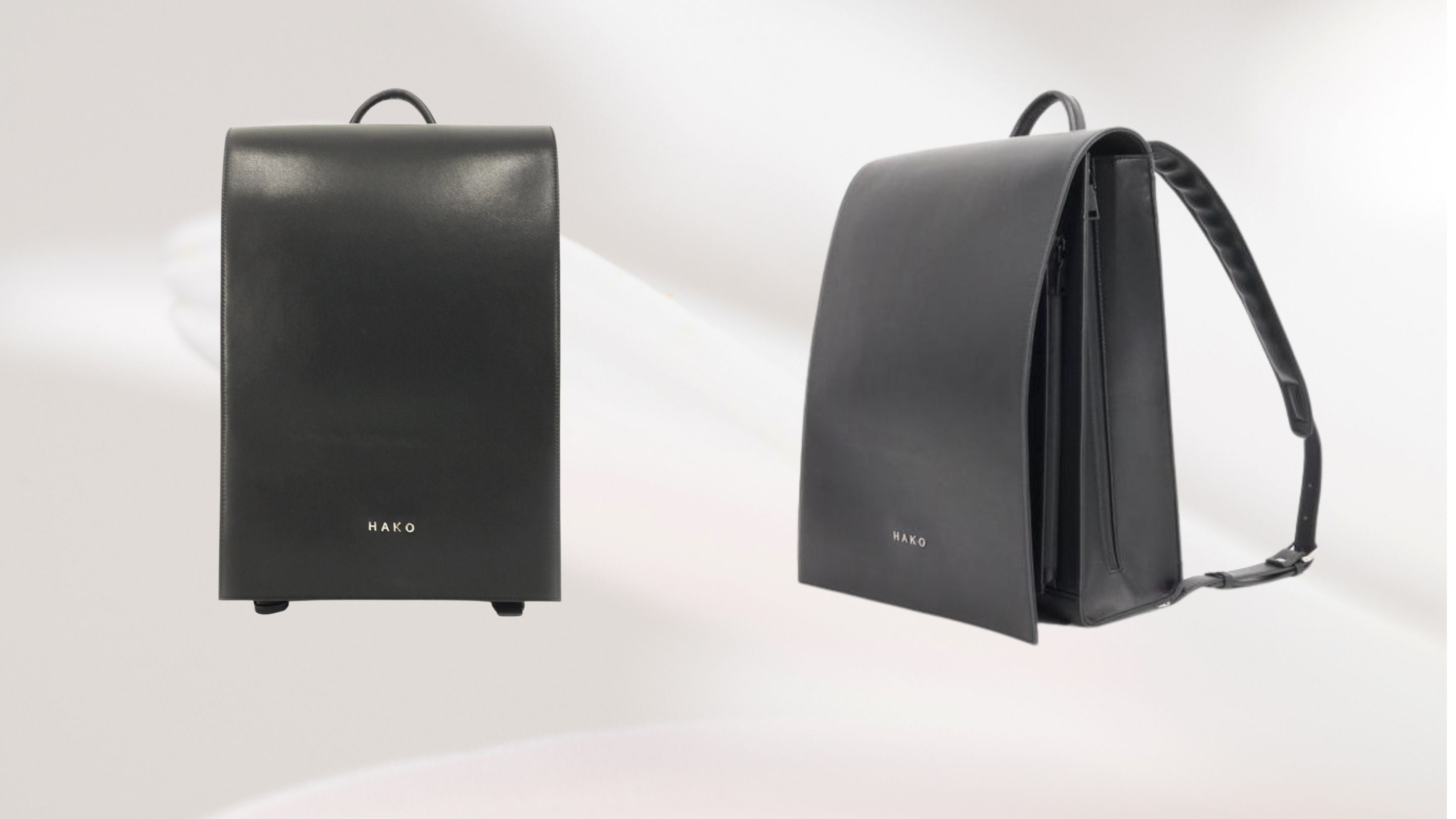
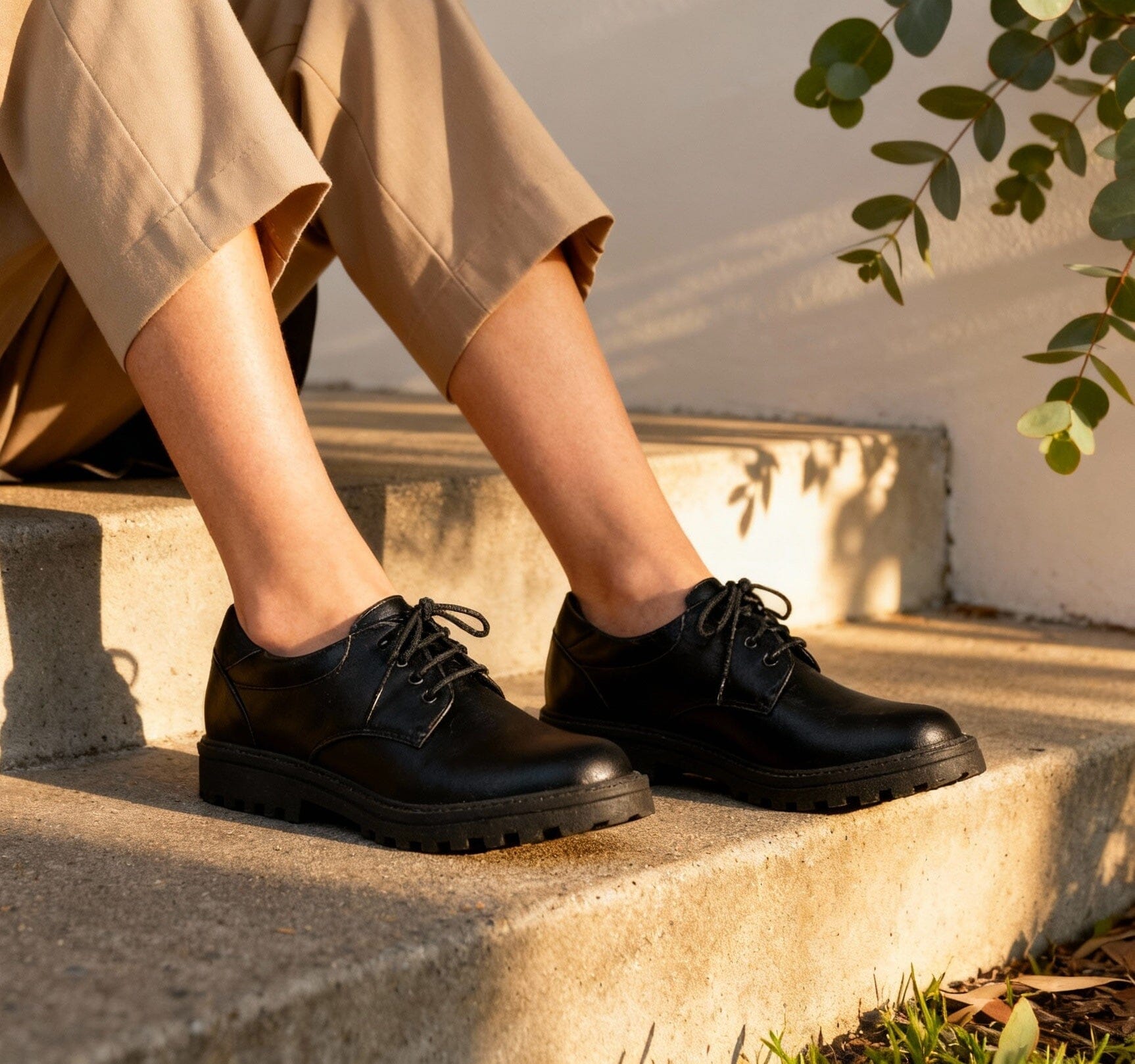





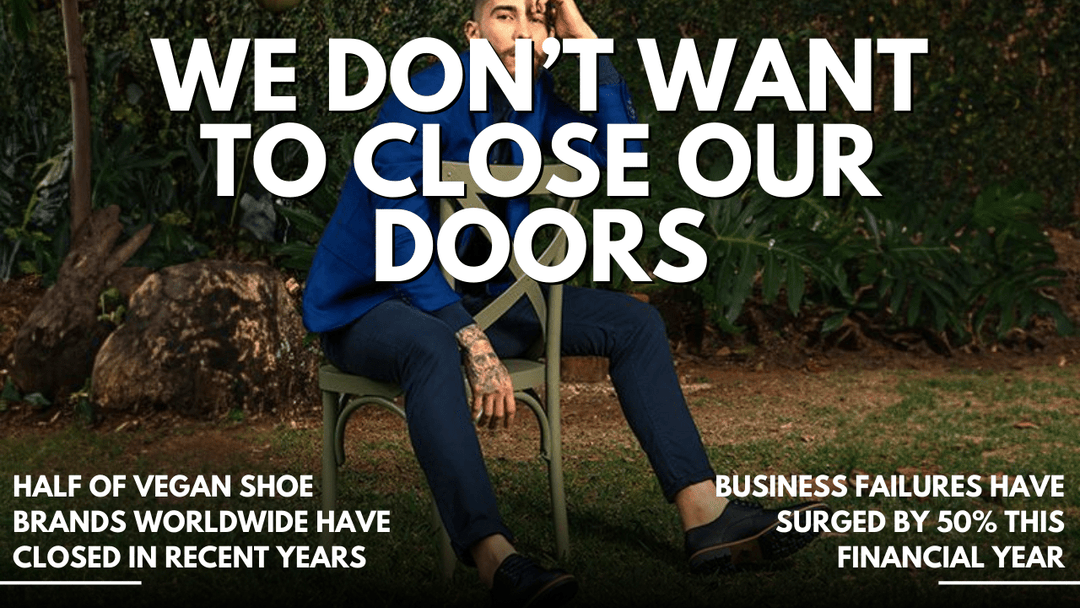

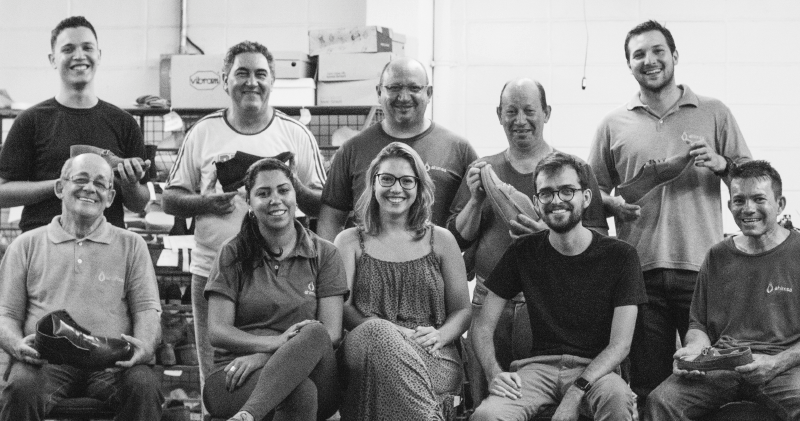

I lead a committed Vegan Plantbased lifestyle & am very interested in these products!! I have always loved & protected & rescued & helped my Animal Friends! I dont believe in any Animal exploitation & of course, abhorrent cruelty! I am also very aware of methods that will save our environment & ultimately our precious but broken Planet!
Leave a comment